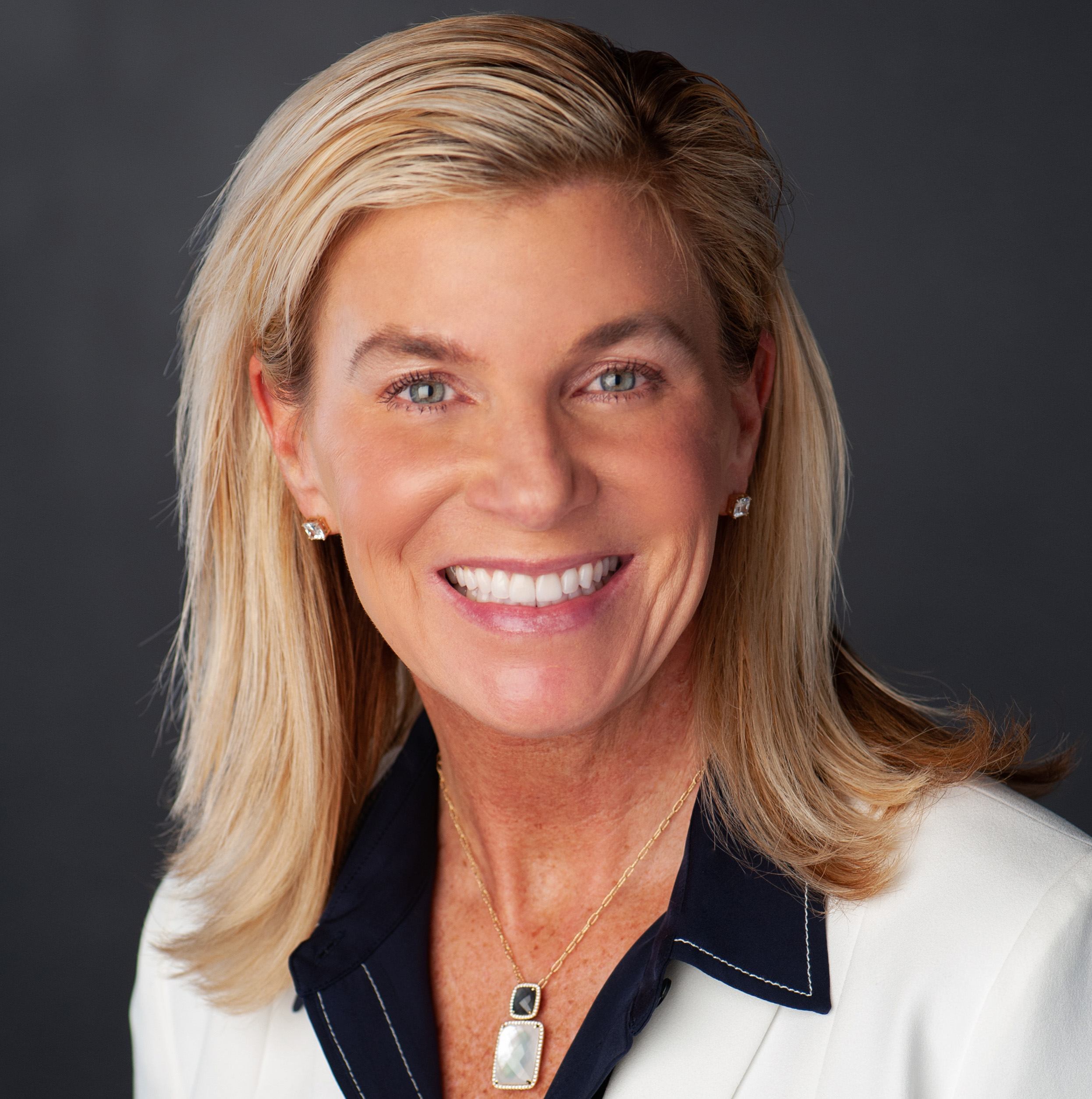As retailers set their sights on lowering prices, few manufacturers are motivated to support that strategy."
What goes up, must — at least in part — come down. But, then what?
As I write this in late October, the annual U.S. inflation rate sits at 8.2%. Although the cost of some commodities has inched down, economists and experts expect higher prices to linger well into the new year. Still, consumer packaged goods manufacturers and retailers are looking ahead to a time when their costs outside of wages return to “normal” and they’re planning how they’ll react.
As is often the case, these partners’ priorities and strategies aren’t exactly aligned, especially in the critical areas of pricing and promotions. That could translate to missed opportunities and more negotiations for both.
As our latest quarterly Advantage Sales Outlook report reveals, when their expenses fall most grocery manufacturers will invest in their businesses, while most grocery retailers will lower prices for inflation-weary shoppers. Asked to select their top three strategies “for handling deflation,” 70% of surveyed manufacturers chose “investing in my brand through marketing.” Half told us dropping the savings to their bottom line would be a top strategy; nearly 40% selected “further developing my e-commerce capabilities.”
Meanwhile, 79% of retailers said “lowering everyday price” would be a top strategy if their costs fall in the next six months. Nearly two-thirds (64%) said “increasing promotions” is high on their list.
In short, manufacturers’ top strategies signal they are going on the offense, taking on competing brands by making themselves stronger. Retailers’ strategies are more about defending their turf as they focus on offering their customers a break at the checkout to stop them from leaving to go to competitors and retail channels perceived as offering lower prices.
But as retailers set their sights on lowering prices, few manufacturers are motivated to support that strategy. Here’s why: CPG manufacturers have absorbed a good portion of their significant, unplanned or unscheduled pandemic-related investments in supply chain, e-commerce and other capabilities as they’ve spent more on commodities, transportation and production. Even multiple increases in list price haven’t covered all the increased costs, as the time lag between deciding to raise prices to the close of a 60- to 90-day price-increase notification can be six to nine months. As one CPG leader told me, “We’ll have to experience deflationary costs for many months, if not over a year, to fully recoup our losses and lower our list price.”
On the subject of trade promotions, the chasm between retailers’ and manufacturers’ plans isn’t likely to be bridged soon — but would benefit both parties if it was. More than 60% of our surveyed manufacturers have cut trade marketing spending in the past six months — one-fifth trimmed this spending by more than 10%. Even so, if costs fall, just one-third say “increasing trade promotion budgets” will be a Top 3 strategy.
Here’s my prediction: CPG manufacturers who overcome supply issues and can effectively use trade promotion as a competitive lever sooner rather than later will win in the marketplace. Just as brand loyalty took a hit when out-of-stocks were rampant, many consumers are switching brands as price hikes run rampant. As my neighbor said to me, when she goes to the store now, she buys the yogurt on sale. It may not be her favorite brand — she may never have tried the product — but if it’s a good deal, she’s buying it. With a typical 16-week lead time before seeing promotions in stores, many manufacturers may be scrambling later this year and early next year to push products at a perceived discount to remain competitive.
Whether you’re a manufacturer or retailer, investing in your customer is never a bad move.
